Theatre makers The Last Great Hunt promise that their latest work will take audiences on a rollercoaster ride through analogue technology.
What to SEE: The Last Great Hunt’s Telephone
16 August 2022
- Reading time • 9 minutesTheatre
More like this
- Just what the doctor ordered
- Lifting the weight of the world
- Gentle touch guides lunar landing
This article is sponsored content.
Even if you’re using a mobile phone, voice calls feel old-fashioned these days. If you absolutely must speak, rather than text, then for goodness sake make it a voice memo.
But maybe landline telephones will seem cool again after they’ve received The Last Great Hunt treatment.
Renowned for their innovative use of both new and retro technology, theatre makers The Last Great Hunt promise to take viewers on a rollercoaster ride in their new work Telephone.
Using analogue technology, lo-fi light refractions and 90’s trance music, the Hunters take prank calls and telemarketing, bugging and bad connections, and weave them together in what they say will be “a kaleidoscope of love, loneliness and the infinite’.
Ahead of Telephone‘s premiere, Nina Levy caught up with two of its six creators, Gita Bezard and Chris Isaacs.
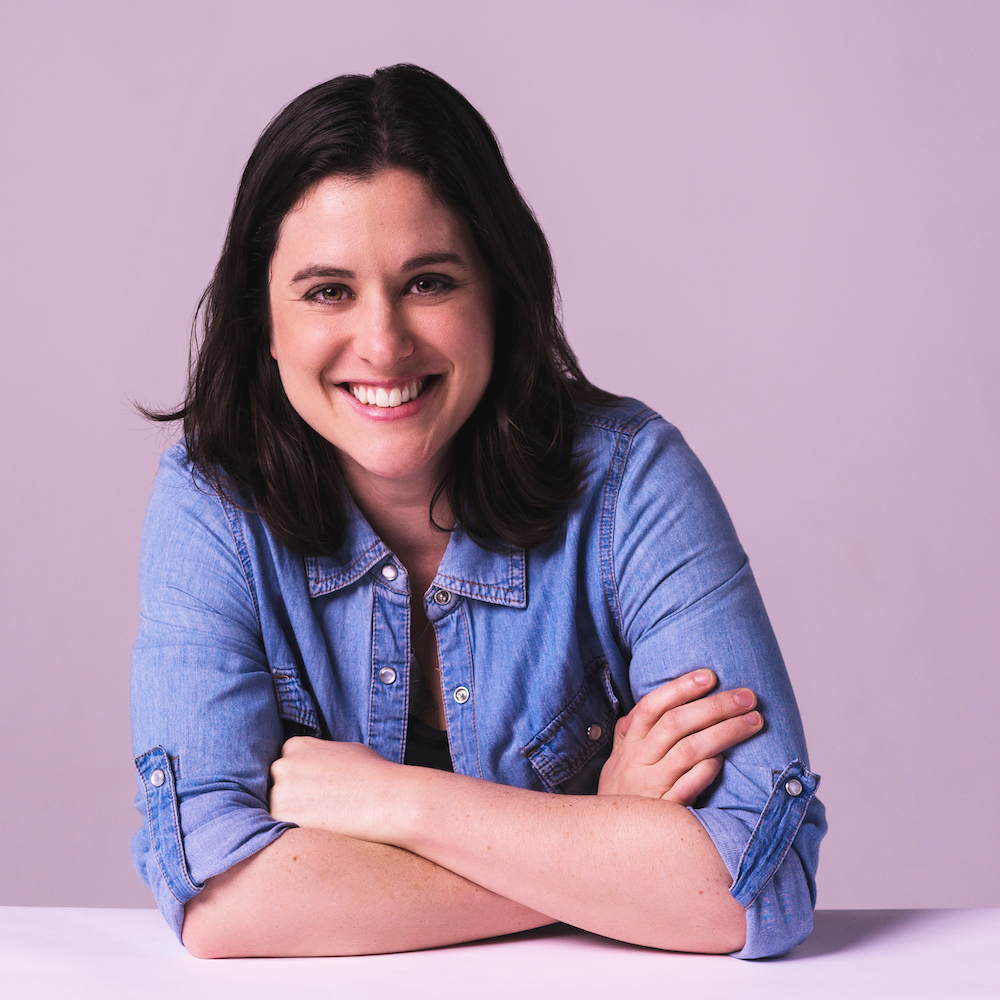
Nina Levy: Give us the elevator pitch for Telephone – where is Last Great Hunt taking us this time?
Gita Bezard: Telephone is made up of hundreds of phone calls that let us take a peek at dozens of lives and moments and stories.
From ordering pizza to opening up gateways to the spirit world, the show traverses from mundane to supernatural and everything in between.
It’s about moments of connection in a universe of chaos and infinite possibilities. It’s funny and gorgeous and quite a wild ride.
NL: Telephone is credited to six people! How do you create a show with six contributors?
Chris Isaacs: It takes a lot of time. There’s a lot of discussions – a lot of ideas – a lot of understanding and respect required from everyone. But it’s also lots of fun – often when we’re in the “playing” stage of a work there’s a real energy around being excited by everyone’s ideas and expanding or growing concepts really quickly.
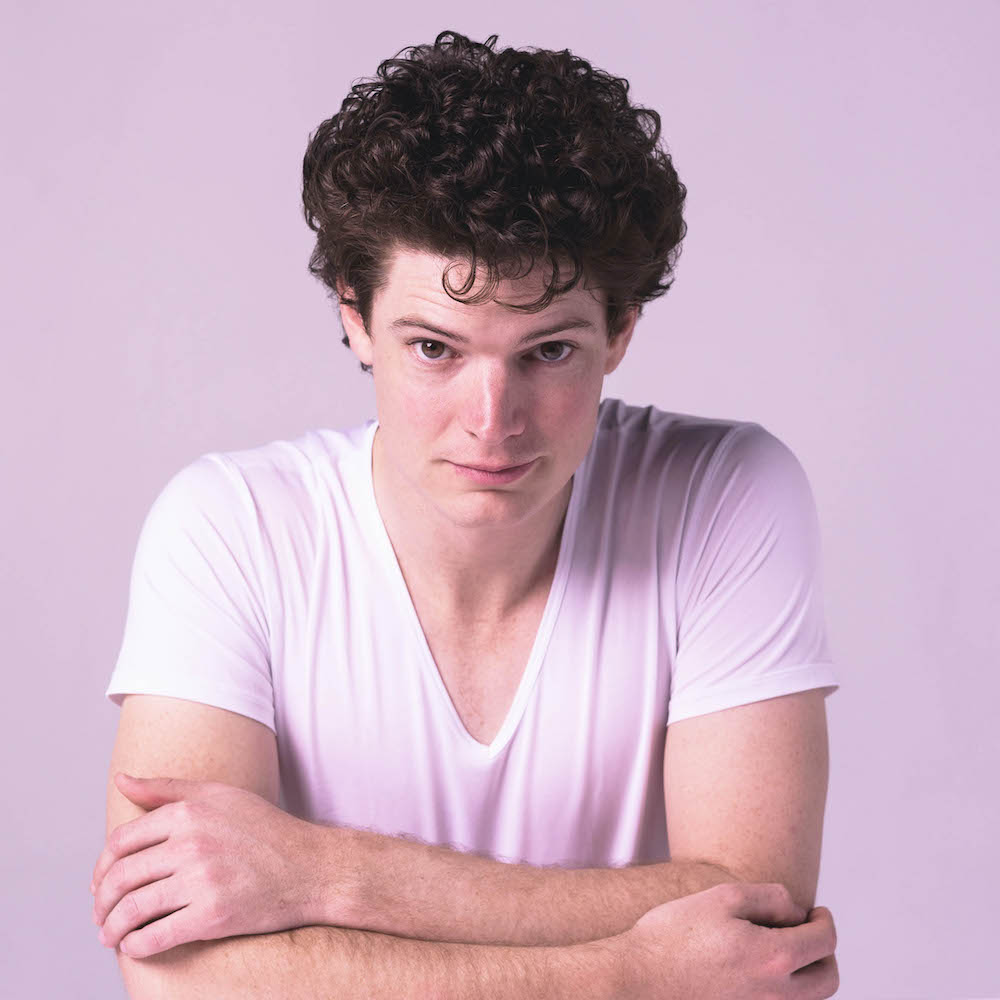
The tough part is when we have mountains and mountains of content and need to decide what stays and what goes.
NL: Readers who have seen the fabulous documentary Stage Changers will have a sense of how tight the timeframes can be when you’re making independent theatre, especially when you’re using technology in experimental ways.
How long does it take to create and rehearse a show? What does the timeline/schedule look like?
CI: This really depends on the show. With technical elements being integrated into the development process earlier it certainly helps bring things together at the crunch time – but as a rough ball park, we often end up doing around three to four developments of a work before moving into a rehearsal period – and they often happen over two to three years. This show has been in development since 2018 because it’s quite complicated.
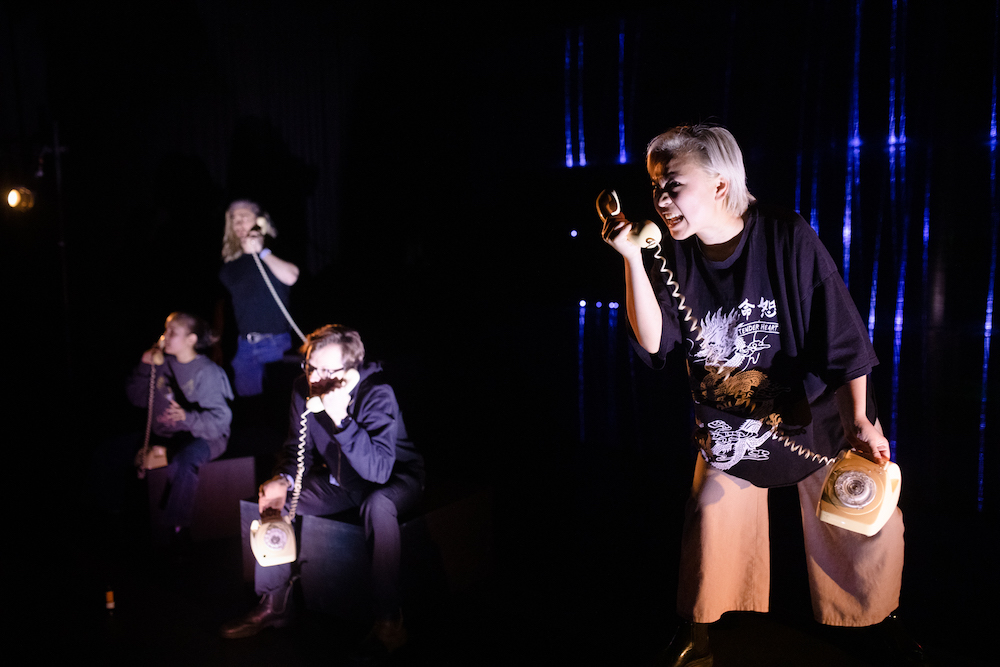
NL: Why did you choose to make a show about analogue tech, and in particular, about the telephone?
GB: Retro technology helps us lift our shows out of the everyday and quickly step into another time, another world.
It also has more limited capability, which allows us to explore one thing very thoroughly, for example, using a landline focuses the ideas on two people talking directly to each other, whereas a mobile phone has such a wide range of uses, it has different meanings and ideas to explore.
NL: 2021’s Whistleblower has a touch of analogue about it too… is that an intentional through-line between the two shows?
CI: I don’t think it’s intentional. I think it’s more a product of the age range of the artists in the room when we’re creating the show. We’re children of the 80s and 90s and that seems to be highly influential in some of the works we create.
GB: It’s more of a through-line for our company, we are continually drawn back to analogue tech but also love exploring new and exciting gadgets, the new and the old give us a lot to play with.
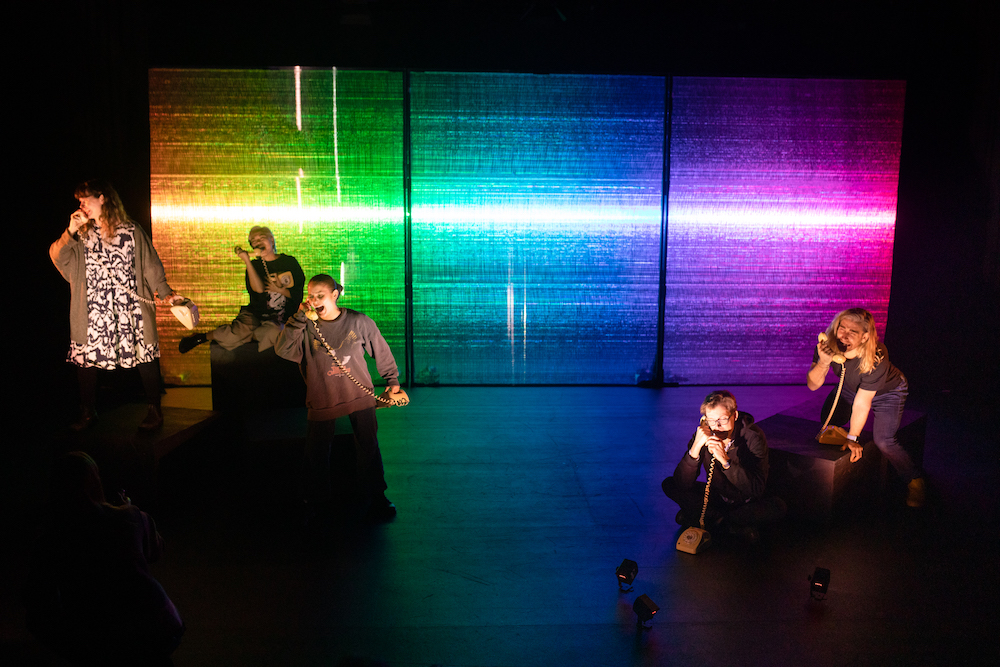
NL: And how does Telephone fit into The Last Great Hunt canon more broadly?
GB: Telephone is an extension of some of the work we have made that is non-narrative and ties it together with the storytelling we love, big hearted characters, other-worldly situations, playing with genre and comedy.
It also brings in the visual elements we enjoy; this show has a very strong focus on light and colour, all done with simplicity and exploring one element to its fullest.
NL: There are two new names in the creative list – Grace Chow (recently seen in ABC TV’s Mystery Road) and Courtney Henri (who took a lead role in the Black Swan/Blue Room co-production Playthings).
What appealed to you about these two young artists? What do you look for when you’re on the hunt (sorry!) for new talent?
CI: Again, it is a little different for each show’s requirements when we bring people into projects. I think because on this piece we knew there was a devised creating on the floor element, we looked towards wonderful performers who also have that experience in the “making” of work. We wanted artists who can sit outside and give feedback in a useful and constructive way – as well as buckle down into the performance element as we draw closer to show time.
In this case Courtney and Grace are both really exciting young artists who have been doing some really hot work over the last few years in Perth – so it was pretty easy to want to work with them.
Telephone plays PICA Performance Space, 30 August – 10 September 2022.
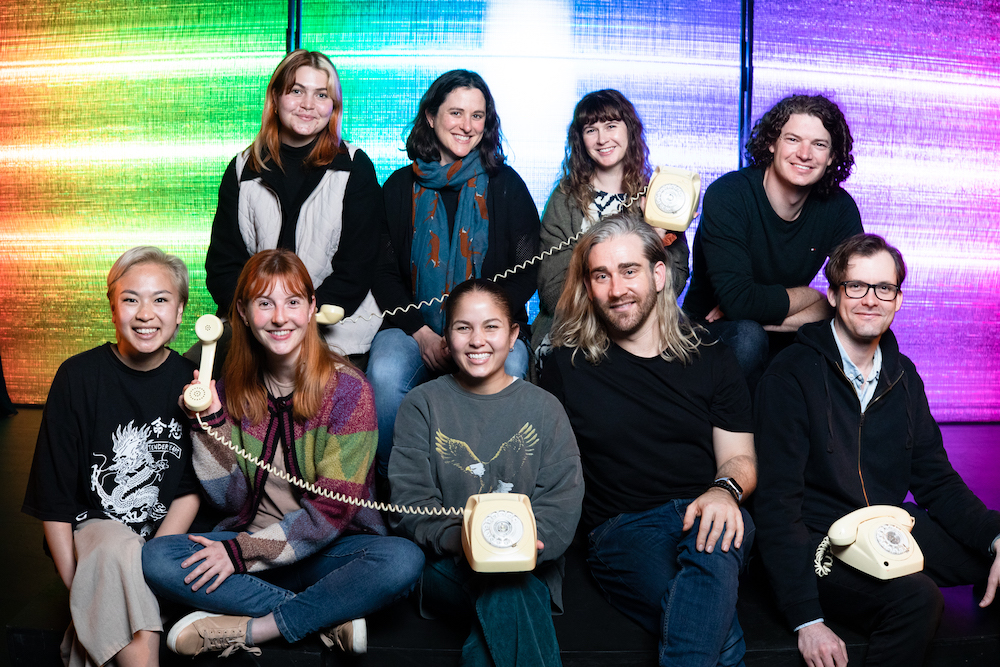
Pictured top is Courtney Henri, rehearsing ‘Telephone’ with The Last Great Hunt. Photo: courtesy of The Last Great Hunt
Like what you're reading? Support Seesaw.






